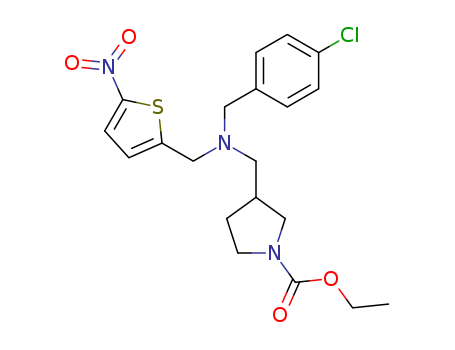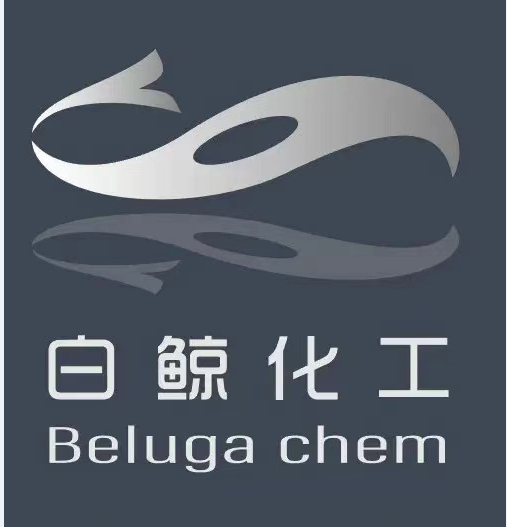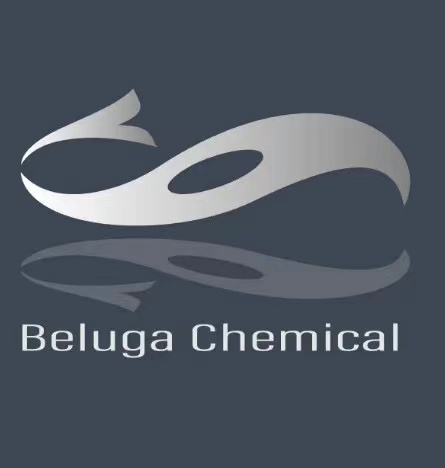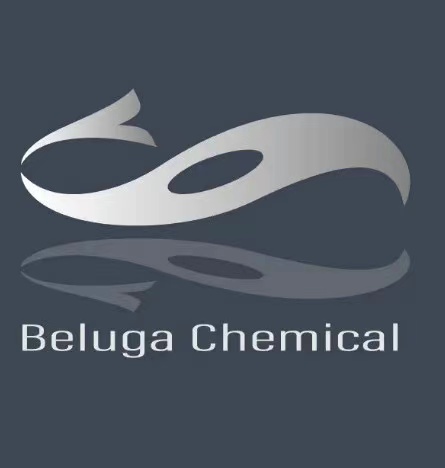
Product Details
|
1379686-30-2 Name |
|
|
Name |
SR9009 |
|
Synonym |
SR9009 sarms,whnohe_lucy(at)163.com;Ethyl 3-[[[(4-chlorophenyl)methyl][(5-nitro-2-thienyl)methyl]amino]methyl]-1-pyrrolidinecarboxylate;CS-2027;SR9009 Powder whnohe_carolineat163.com;Stenabolic (SR9009);SR9009;3-[[[(4-Chlorophenyl)methyl][(5-nitro-2-thienyl)methyl]amino]methyl]-1-pyrrolidinecarboxylic acid ethyl ester;STENABOLIC |
|
1379686-30-2 Biological Activity |
|
|
Description |
SR9009 is a REV-ERBα/β agonist with IC50s of 670 nM and 800 nM for REV-ERBα and REV-ERBβ, respectively. |
|
Related Catalog |
Signaling Pathways >> Autophagy >> Autophagy Research Areas >> Cancer |
|
Target |
IC50: 670 nM (Rev-ErbBα), 800 nM (Rev-ErbBβ)[1] |
|
In Vitro |
SR9009 dose-dependently increases the REV-ERB-dependent repressor activity assessed in HEK293 cells expressing a chimeric Gal4 DNA Binding Domain (DBD)-REV-ERB ligand binding domain (LBD)α or β and a Gal4-responsive luciferase reporter (SR9009: REV-ERBα IC50=670 nM, REV-ERBβ IC50=800 nM). SR9009 potently and efficaciously suppresses transcription in a cotransfection assay using full-length REV-ERBα along with a luciferase reporter driven by the Bmal1 promoter (IC50=710 nM). SR9009 suppresses the expression of BMAL1 mRNA in HepG2 cells in a REV-ERBα/β-dependent manner. Direct binding of the SR9009 to REV-ERBα is also confirmed using circular dichrosim analysis (Kd=800 nM). |
|
In Vivo |
While the stress of handling and twice-daily injections caused weight loss in vehicle-treated controls, weight loss of SR9009-treated animals is 60% greater. SR9009 (100 mg/kg ,i.p.) treated mice exhibit a more severe reduction in adiposity. Plasma non-esterified fatty acids (NEFA) are also reduced (23%) along with plasma glucose (19%) in the SR9009 treated animals. In the white adipose tissue (WAT) , SR9009 treatment results in a decrease in expression of genes encoding enzymes involved in triglyceride (TG) synthesis as is also observed in lean mice. |
|
Cell Assay |
HEK293 cells are grown in 96-well plates (1×106/well) and are transiently transfected using Lipofectamine. Cells are transfected with a total of 200 ng of DNA per well consisting of the pGL4 mIL-17 firefly luciferase reporter construct, the pGL4 mIL-17 + CNS-5 firefly luciferase reporter construct, or the pGL4 mIL-17 2kB RORE mutant (100 ng/well) , an actin promoter Renilla reniformis luciferase reporter (50 ng/well), and either control vector alone or the test DNA (full-length RORα or full-length RORγ at 50 ng/well). All 48 human nuclear receptors are represented in the specificity assay and SR9009 is tested at a concentration of 20 μM. The format of the assay is a cotransfection assay with Gal4 DNA binding domain-nuclear receptor fusions in HEK293 cells |
|
Animal Admin |
Mice[1] For circadian gene expression experiments male C57BL6 mice (8-10 weeks of age) are either maintained on a L:D (12h:12h) cycle or on constant darkness. At circadian time (CT) 0 animals are administered a single dose of 100 mg/kg SR9009 or SR9011 (i.p.) and groups of animals (n=6) are sacrificed at CT0, CT6, CT12 and CT18. Gene expression is determined by real time QPCR. |
|
References |
[1]. Solt LA, et al. Regulation of circadian behaviour and metabolism by synthetic REV-ERB agonists. Nature. 2012 Mar 29;485(7396):62-68. |
|
1379686-30-2 Chemical & Physical Properties |
|
|
Melting point |
79-81°C |
|
Boiling point |
547.2±45.0 °C at 760 mmHg |
|
Density |
1.3±0.1 g/cm3 |
|
Molecular Formula |
C20H24ClN3O4S |
|
Molecular Weight |
437.94000 |
|
Flash Point |
284.7±28.7 °C |
|
PSA |
106.84000 |
|
LogP |
4.17 |
|
Exact Mass |
437.11800 |
|
Vapour Pressure |
0.0±1.5 mmHg at 25°C |
|
Index of Refraction |
1.608 |
|
storage temp. |
-20° |
|
1379686-30-2 Description |
|
SR-9009 is an agonist at nuclear receptor Rev-ErbA. Greatly diminishes VILI-induced lung edema, inflammatory cell infiltration and TNFα production in a rat lung injury model. SR-9009 suppresses atherosclerosis in a mouse model. Specifically lethal to cancer cells and oncogene-induced senescent cells with no effect on the viability of normal cells or tissues. Disrupts pain associated with osteoarthritis by reducing BMAL1 expression in bmal1f/fNav1.8CreERT mice. |
|
1379686-30-2 Uses |
|
SR 9009 is a synthetic REV-ERB agonist that regulates circadian behavior and metabolism; has potential use in the treatment of sleep disorders and metabolic diseases. It is a lead compound for a new class of cancer drugs associated with the body’s circadian clock. |








